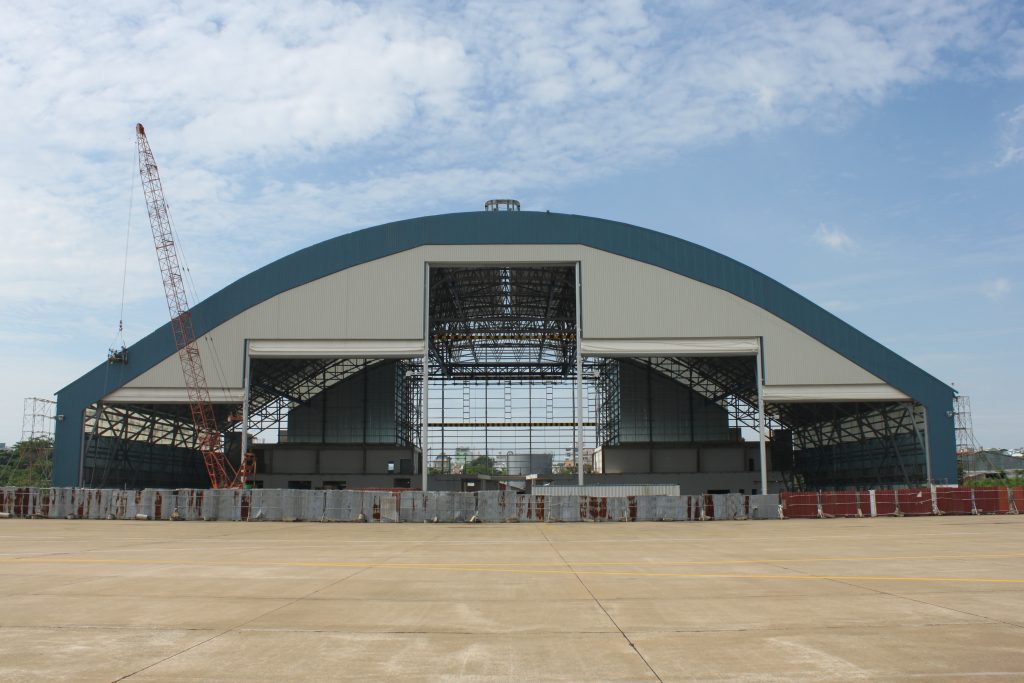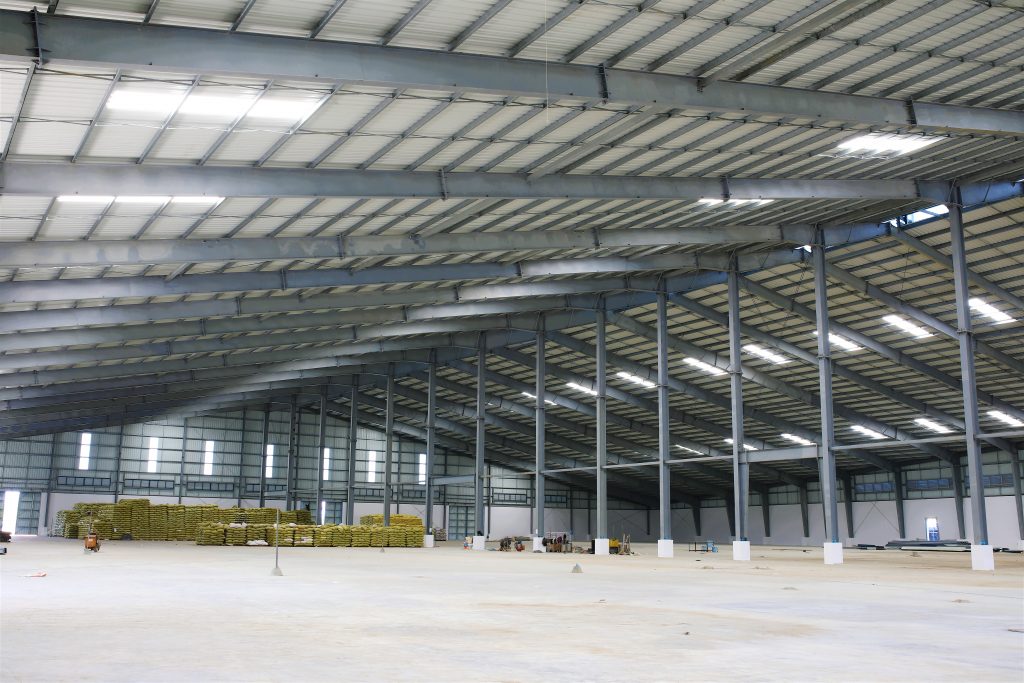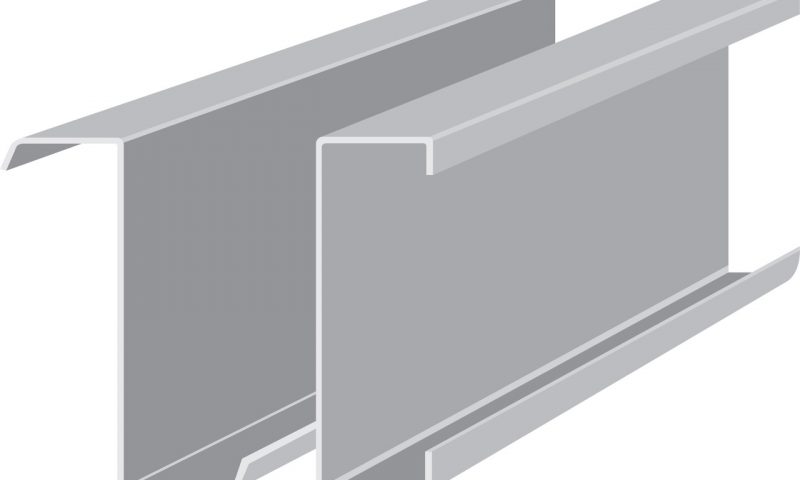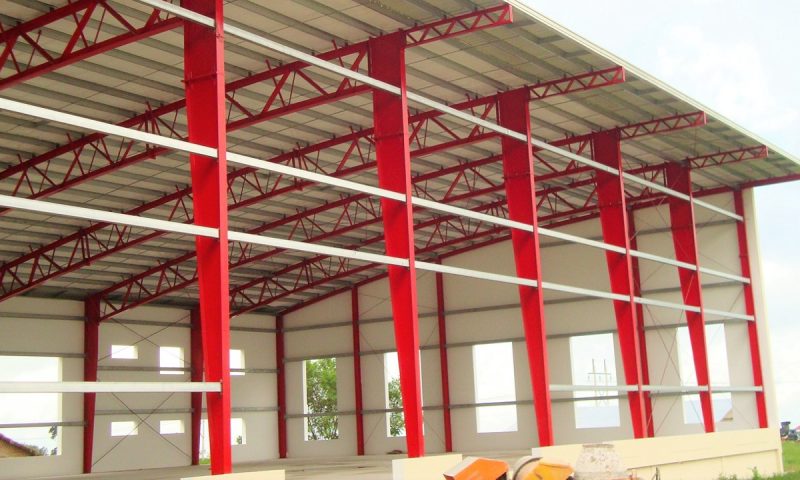With the evolution of the industrial sector, construction projects increasingly have to meet quality requirements and comply with specific standards to ensure safety and durability. Safety factors such as fire resistance, and individual components have their separate evaluation standards. Let’s explore the latest steel structure design standards in 2023 with Pebsteel in the following article.
See more: Erection of Steel Structures
1. Steel design standards compliant with each country’s regulations
The Vietnam steel design standards
The steel design standard TCVN 5575:2012 is derived from Russia. For construction standards in Vietnam, all processes must adhere to methods and design procedures, including the following safety factors:
- Safety factor for load capacity.
- Safety factor for materials supplied during construction.
- Safety factors related to the working environment, ensuring occupational safety.
Therefore, the steel design standards in Vietnam emphasize stiffness and steel structure to ensure that they do not deform excessively. According to TCVN, the calculated strength is determined by the formula: Standard strength / Material safety factor. As for the calculated load, it is determined based on the formula: Standard load * Load reliability factor.
According to the Vietnamese steel structure standards, TCVN 2737:1995 is applied as the calculated load value for the steel structure. The wind load speed is measured over 3 seconds with a 20-year cycle, where the wind coefficient in Vietnam is calculated based on wind pressure, not velocity. For block-shaped objects, the aerodynamic coefficient is determined based on the pressure measurement results from the aerodynamic model in the wind tunnel.
See more: The Process of Structural Steel And Plate Fabrication

The American steel design standards AISC 89/ASD
In addition to the design standard in Vietnam, the method of steel structure design according to the U.S. standard is a popular choice among many contractors nowadays. The U.S. standards employ two main calculation methods:
- Method 1: Allowable Stress Design (ASD) and Load Factors: Stress limits must not exceed the allowable stress, calculated using the formula that the yield stress * (0,6 to 0,67).
- Method 2: Load and Resistance Factor Design (LRFD): Loads are multiplied by factors ranging from 1.2 to 1.6; resistance factors are multiplied by values from 0.75 to 0.9. The primary stress limit is the yield strength.
The relationship between Ft, Fy, and Fb is as follows:
- When subjected to tensile stress, the allowable stress value Ft=0.6Fy (where Fy is the yield strength of the steel).
- Under compressive stress, the value is calculated by multiplying Fy by the axial flexural coefficient.
- For structures experiencing bending, the limit value is denoted as Fb and ranges from 0.6 to 0.67Fy.
The internal forces, including M, N, and Q, originate from standard loads without any overload factors. However, the formula determining internal forces is combined with load combinations.
In the U.S. standard, steel sections are categorized into three types: solid sections, slender sections, and non-slender sections. Calculating the area of a solid section requires utilizing the full allowable material strength. However, for non-slender section calculations, the material’s allowable stress needs to be reduced. Similarly, for slender sections, additional reductions are necessary.
This standard acknowledges local buckling of sections and allows some parts of the section to be inactive, leading to a reduction in the allowable stress. Consequently, there are numerous regulations concerning the slenderness of flanges/ webs of beams and flanges/webs of columns. For example, according to AISC standards, the ratio of flange height to thickness of a slender beam should not exceed 320, eliminating the need for stiffeners. Meanwhile, this ratio in the Vietnamese standards is 100.
See more: Construction Of Pre-engineered Steel Factory 2023

The European structural design standards Eurocode 3
Structural steel calculations according to European standards are based on limit state design principles, encompassing both the ultimate limit states and the serviceability limit states. The allowable stress is determined by taking the yield stress multiplied by various factors.
Sections are categorized into different classes based on their slenderness, measured by the ratio of width to thickness. Sections belonging to classes 1 and 2, with greater thickness, are computed with higher stresses. On the other hand, sections in classes 3 and 4, with higher slenderness and prone to local instability, are calculated with lower stresses. This perspective aligns with the design standards in Vietnam and the U.S. LRFD standards. Based on this, sections are classified into four types: solid, slender, compact, and non-slender.
Load calculations are conducted according to the provisions of BS 6399, covering the assessment of floor loads, wind loads, and snow loads. Wind load represents the pressure from the wind speed acting on the structure. When calculating, it is essential to consider the aerodynamic coefficient of the wind load, taking into account negative pressure inside the structure. The most critical aerodynamic coefficient value should be selected for calculations. For BS 6399, the standard uses the average wind speed over an hour, with a 50-year cycle. Additionally, the UK CP3 standard also applies the wind speed measured over 3 seconds, with a 50-year cycle.
Allowable deflection is calculated as the maximum value due to live loads without applying a load factor. This standard permits larger deformations compared to TCVN (Vietnamese standard), such as L/360 for main beams (compared to TCVN L/400) and L/200 for secondary beams (compared to TCVN L/240). Importantly, this standard only considers live load calculations and does not include the entire load as TCVN does.
The safety factors in BS 6399 are adjusted depending on the specific type of load. For instance, the safety factor (SF) for static loads is 1.4 (compared to 1.2 in TCVN); for imposed loads is 1.6 (compared to 1.2 or 1.3 in TCVN); and for wind loads is 1.4 (compared to 1.2 in TCVN). Meanwhile, the safety factor for materials in BS 6399 is 1, as it has been adjusted during material strength calculations. In contrast, TCVN has safety factors for materials ranging from 1.05 to 1.1 depending on the steel types. Additionally, BS does not include safety factors for the function of the structure and structural working factors, while TCVN applies and regulates them.
In a comprehensive comparison of safety factors (SF) between BS and TCVN, it’s evident that TCVN has smaller SF values compared to BS. Therefore, for the same type of steel material and under the same nominal load, a structure designed according to TCVN will consume less material.
See more: Latest Industrial Factory Design Standards 2023

2. Standards for design loads in each country
Design loads for each country adhere to distinct standards. Here are some examples of design load standards for several countries:
- Vietnam: TCVN 2737:1995
- United States: UBC 97; MBMA 2002; IBC 2006
- United Kingdom: BS 6399: Part 2: 1997 – Load for Building: Part 2 – Code of practice for wind loads; BS 6399: Part 1: 1984 – Design loading for buildings: Part 1 – Code of practice for dead and imposed loads.
- Europe: EN 1991-1-4:2005 A1
- Australia: AS/NZS 1170.1:2002, AS/NZS 1170.2:2011
Design loads depend on external influences on the structure, including the effects of the built environment and the impact of weather. Although each country has its own standards, applying fundamental principles is crucial to ensure safety and avoid dangerous errors during the construction process.
3. Considerations when applying steel structure design standards
When applying design standards for structural steel, investors should consider the following factors:
- Financial aspect: Exercise careful consideration regarding the budget to ensure it aligns with financial capabilities.
- Construction environment: Evaluate whether the environment has been adequately ensured to apply other standards.
- Conduct in-depth research on the characteristics of the site and the construction environment. Once the decision to construct is made, synchronizing all factors is essential to ensure consistency during construction.
- Avoid combining this standard with others during construction, as the project may not achieve uniformity and safety assurance.
4. Conclusion
Above are the details about steel structure design standards and some important considerations when utilizing them. Please contact Pebsteel by phone at +84 908 883531 or by email immediately at Marketing@pebsteel.com.vn if customers require comprehensive solutions for pre-engineered steel buildings and steel structures.







